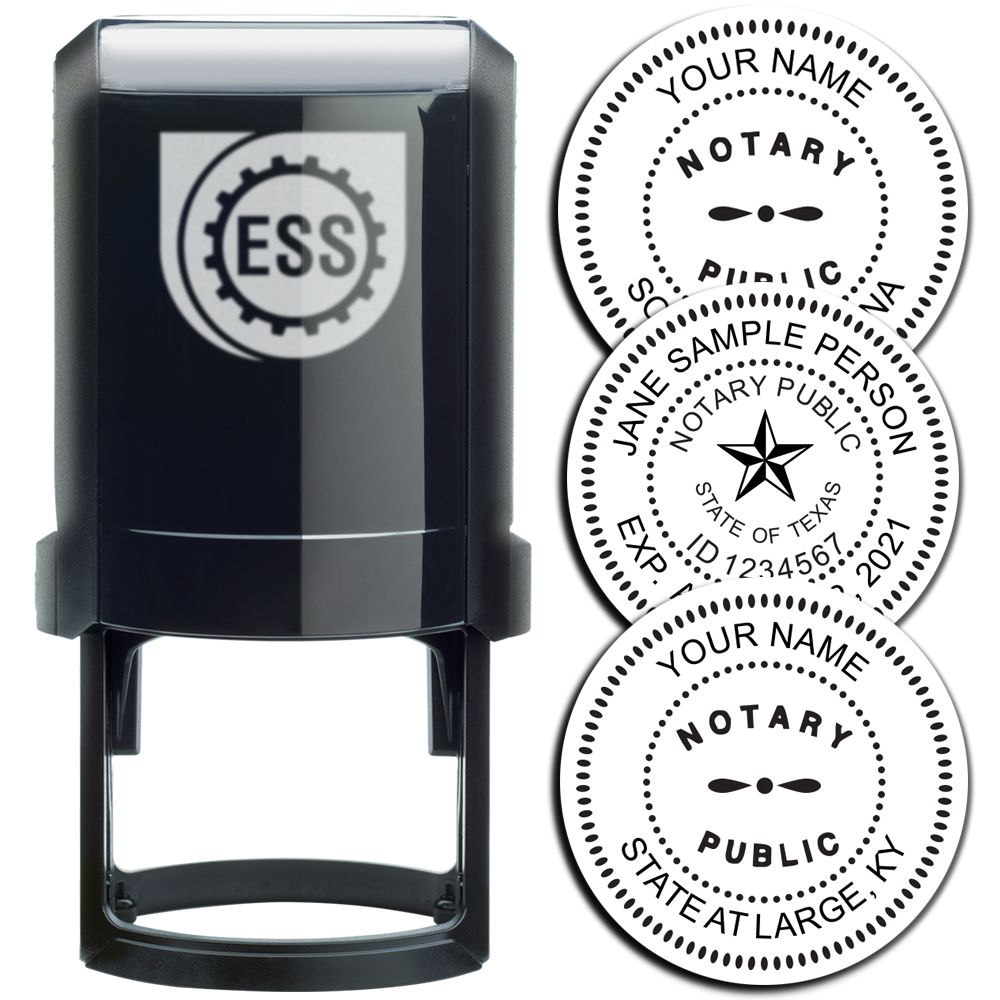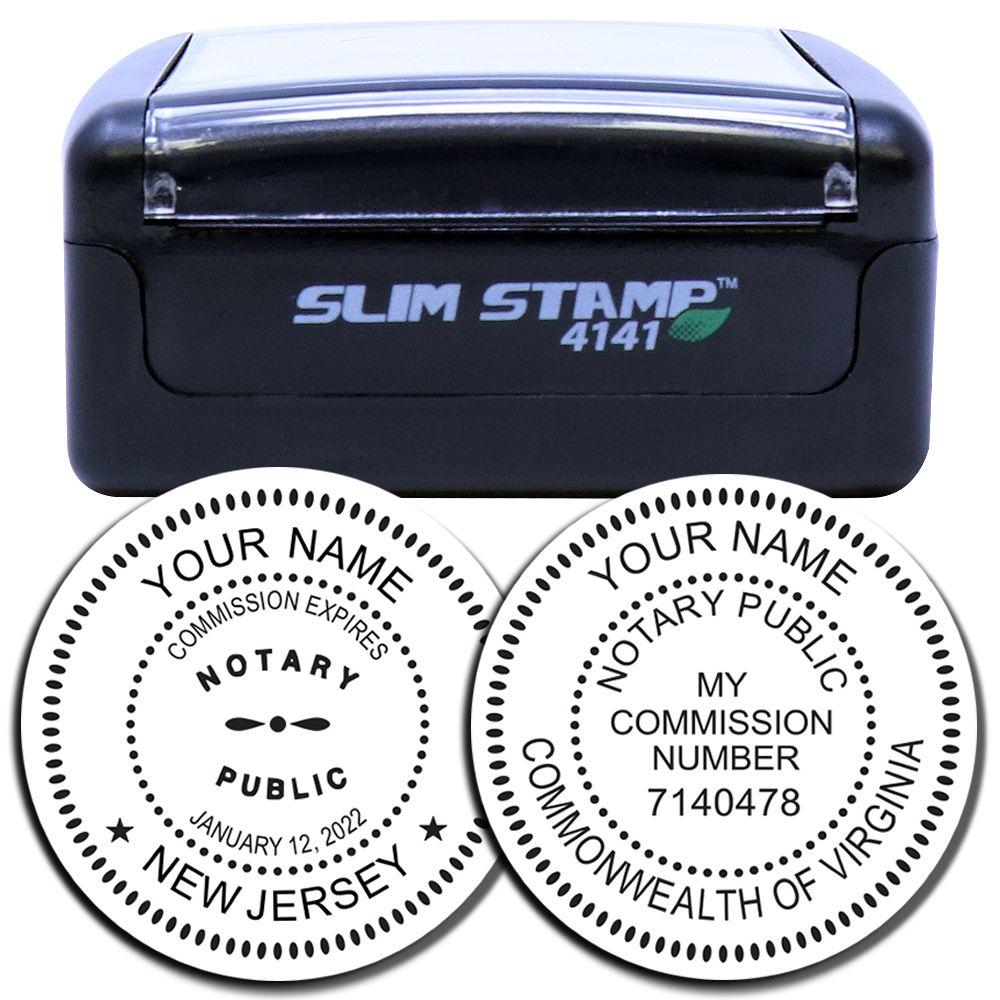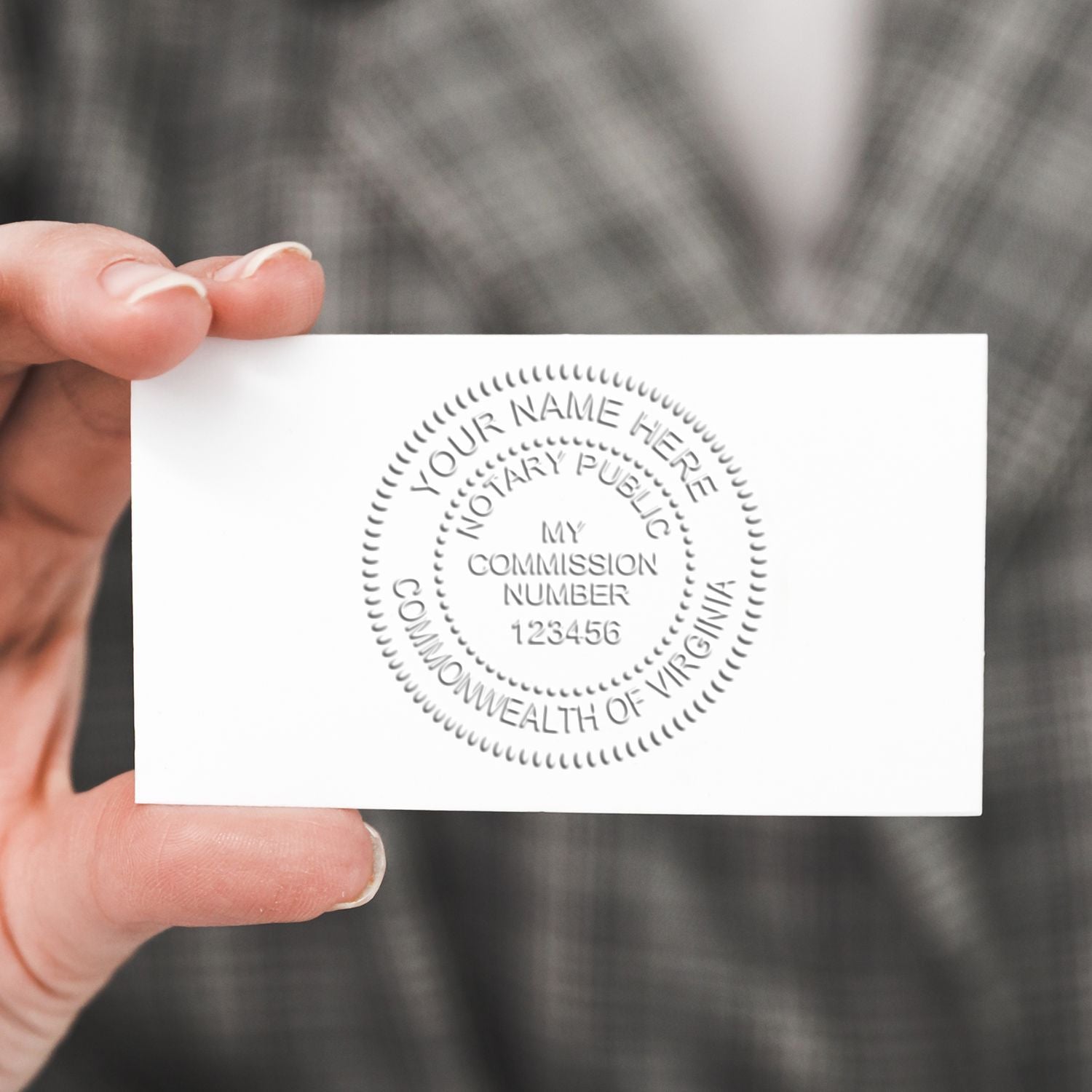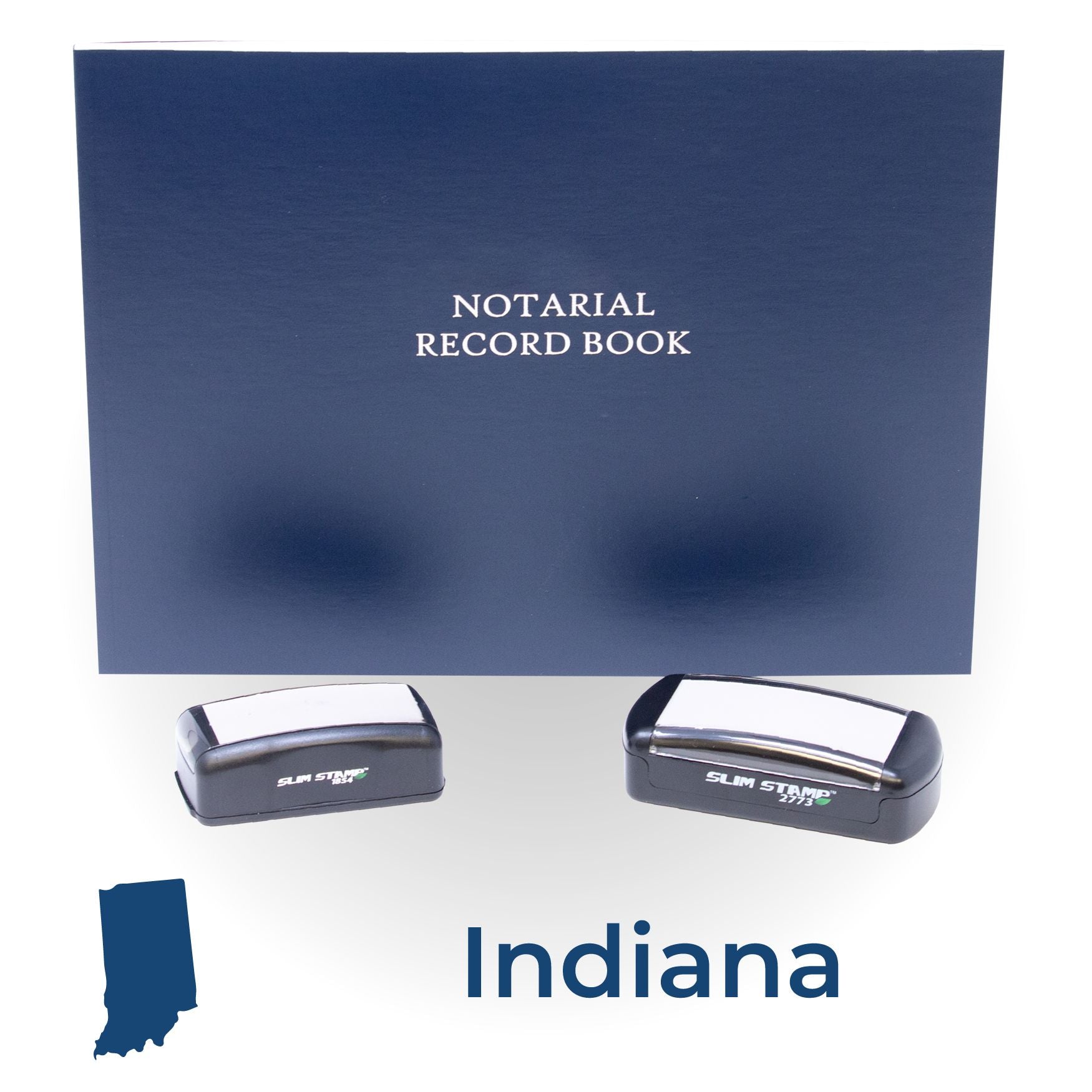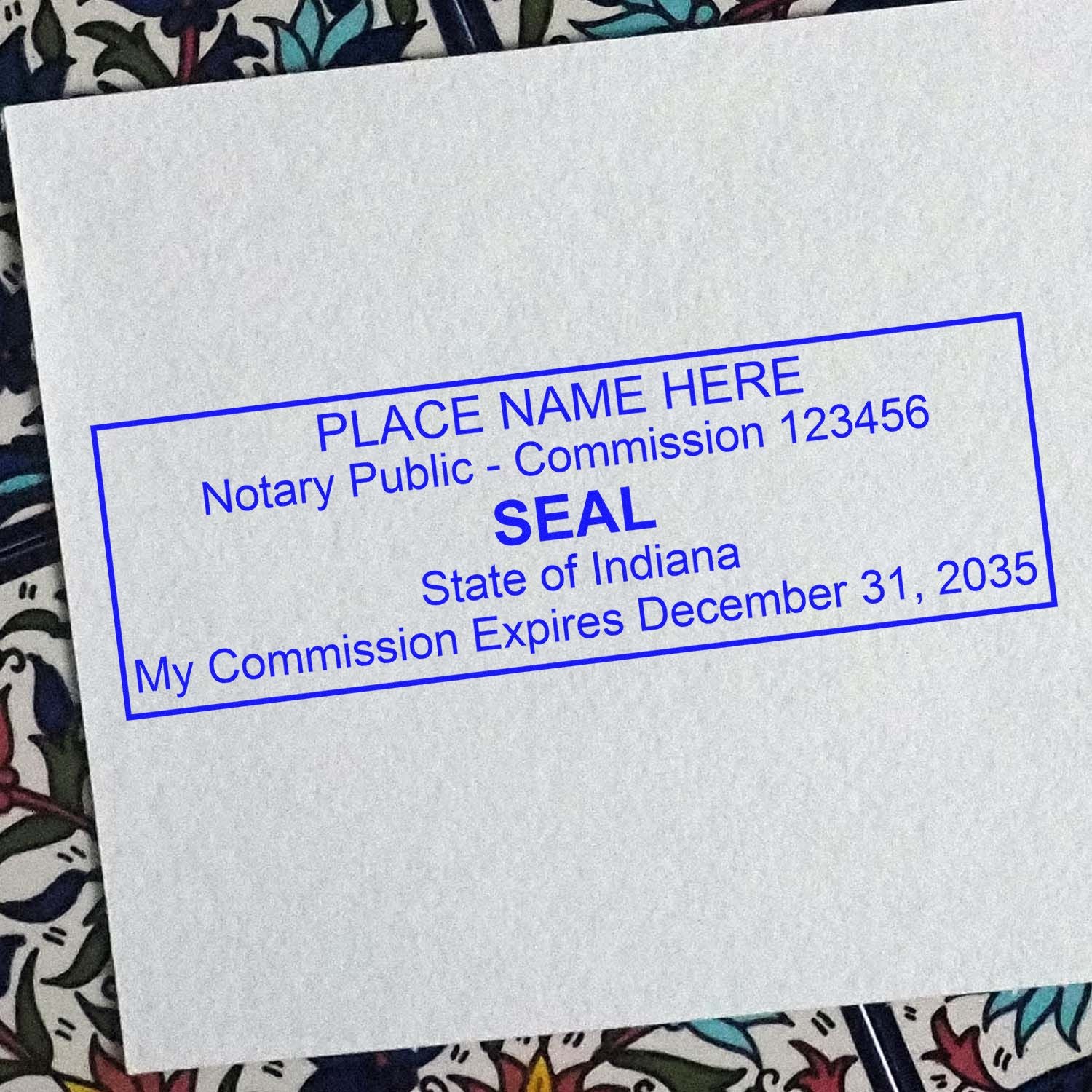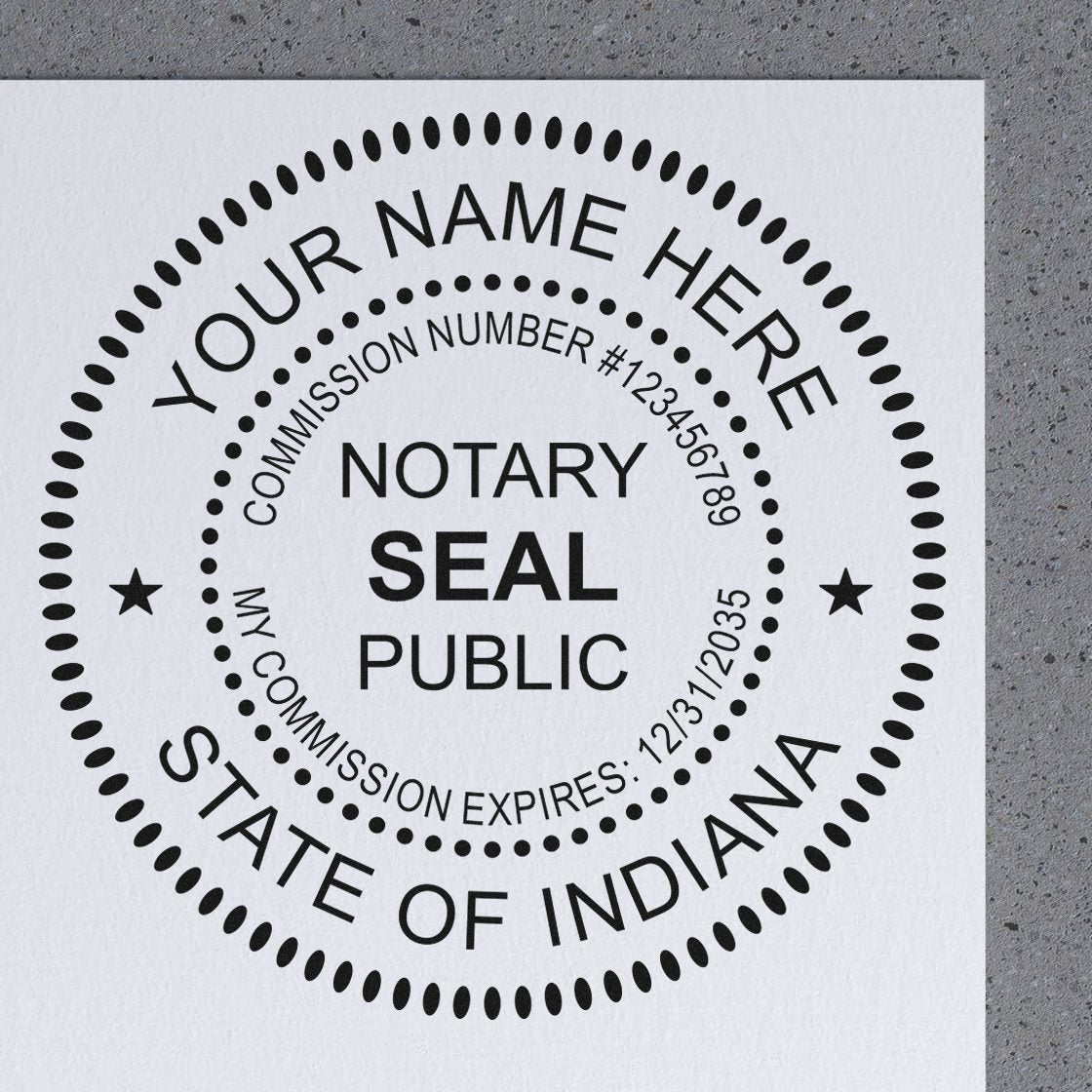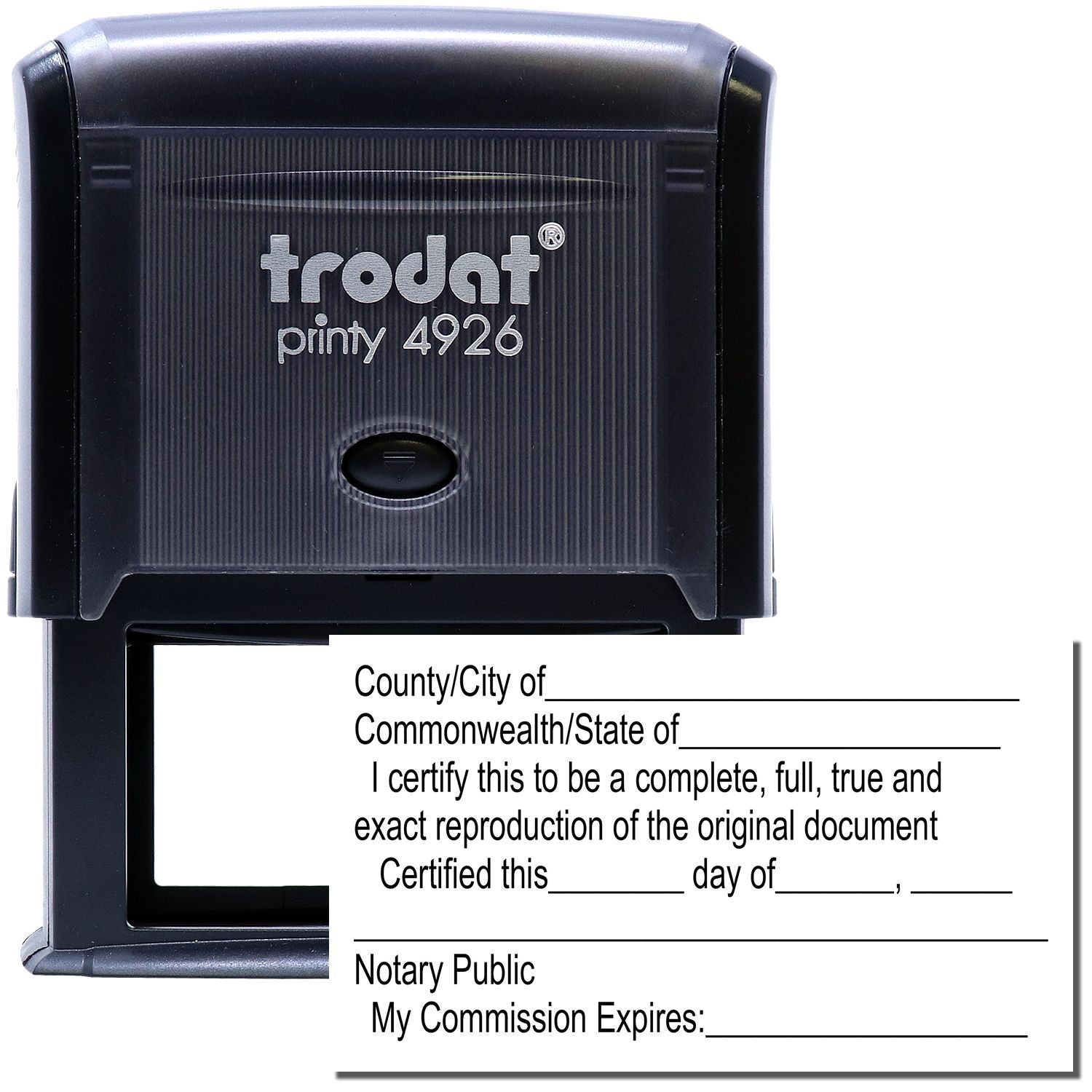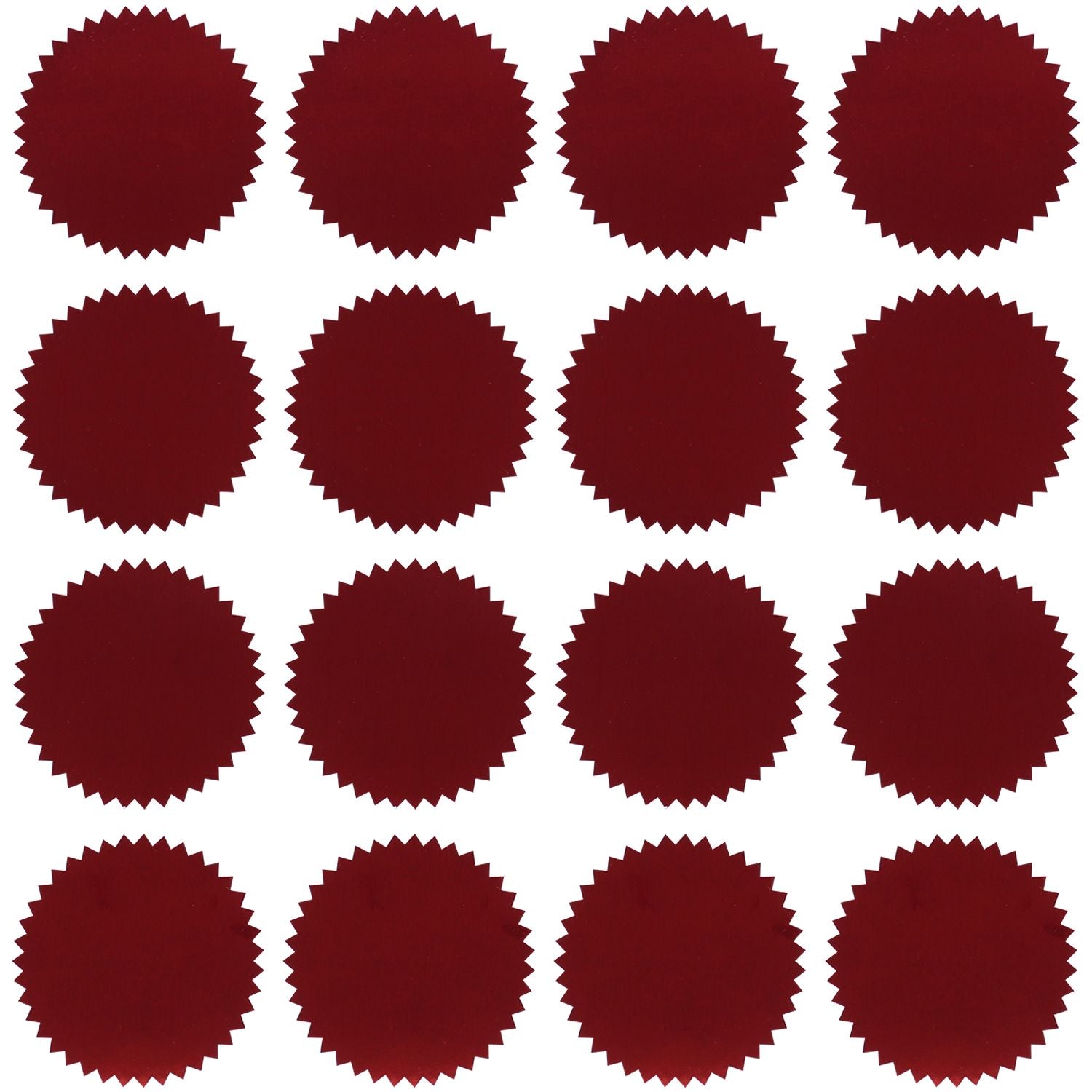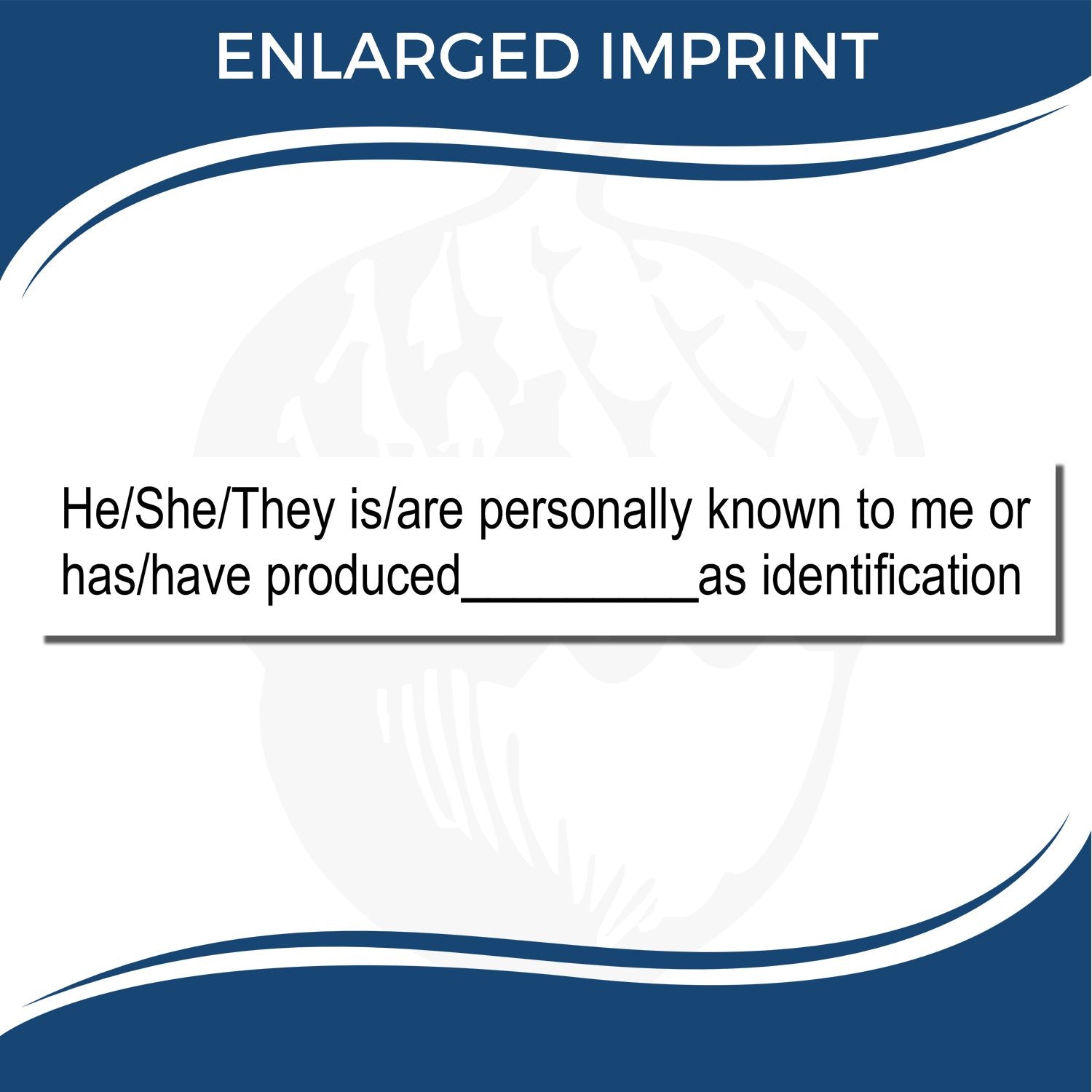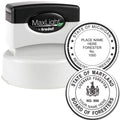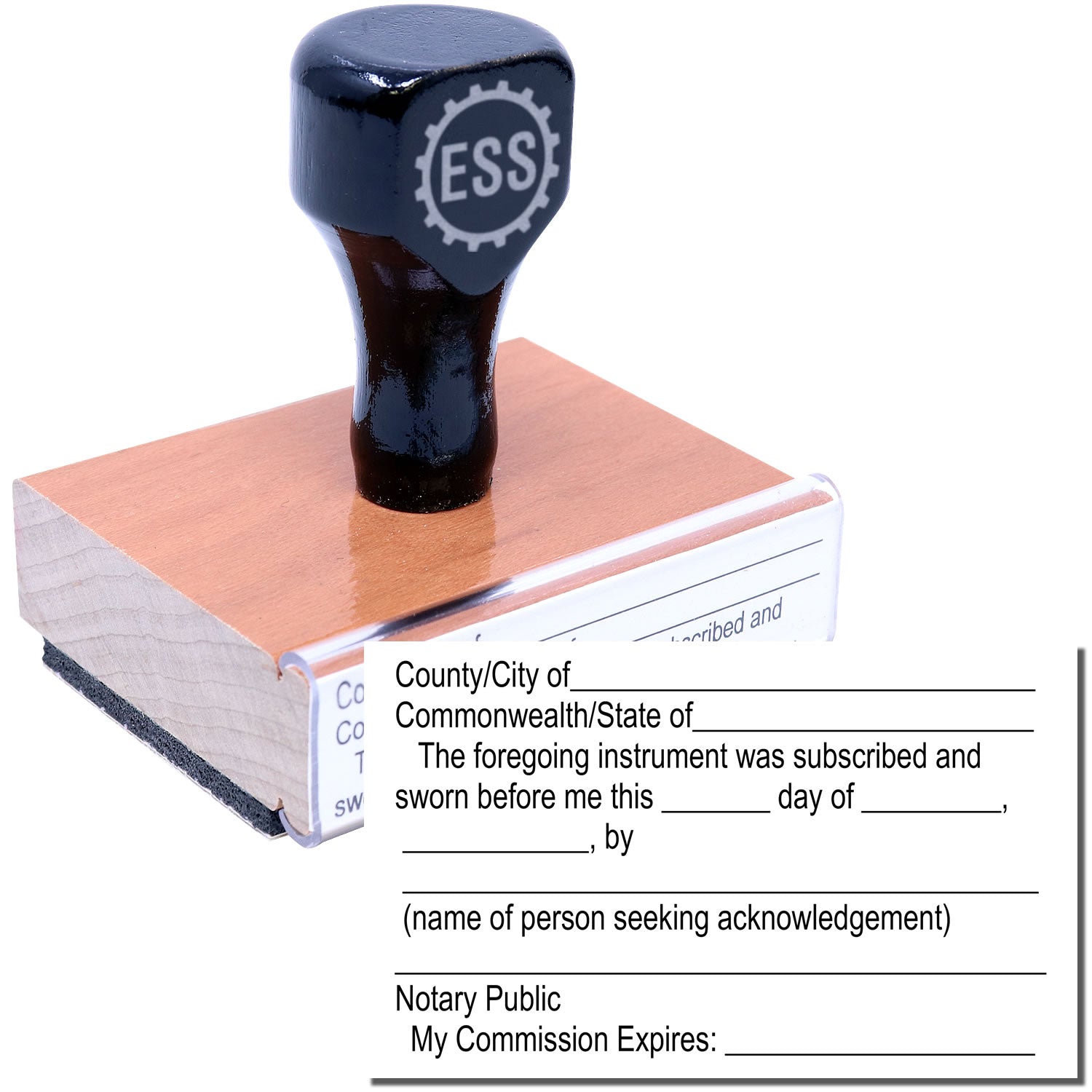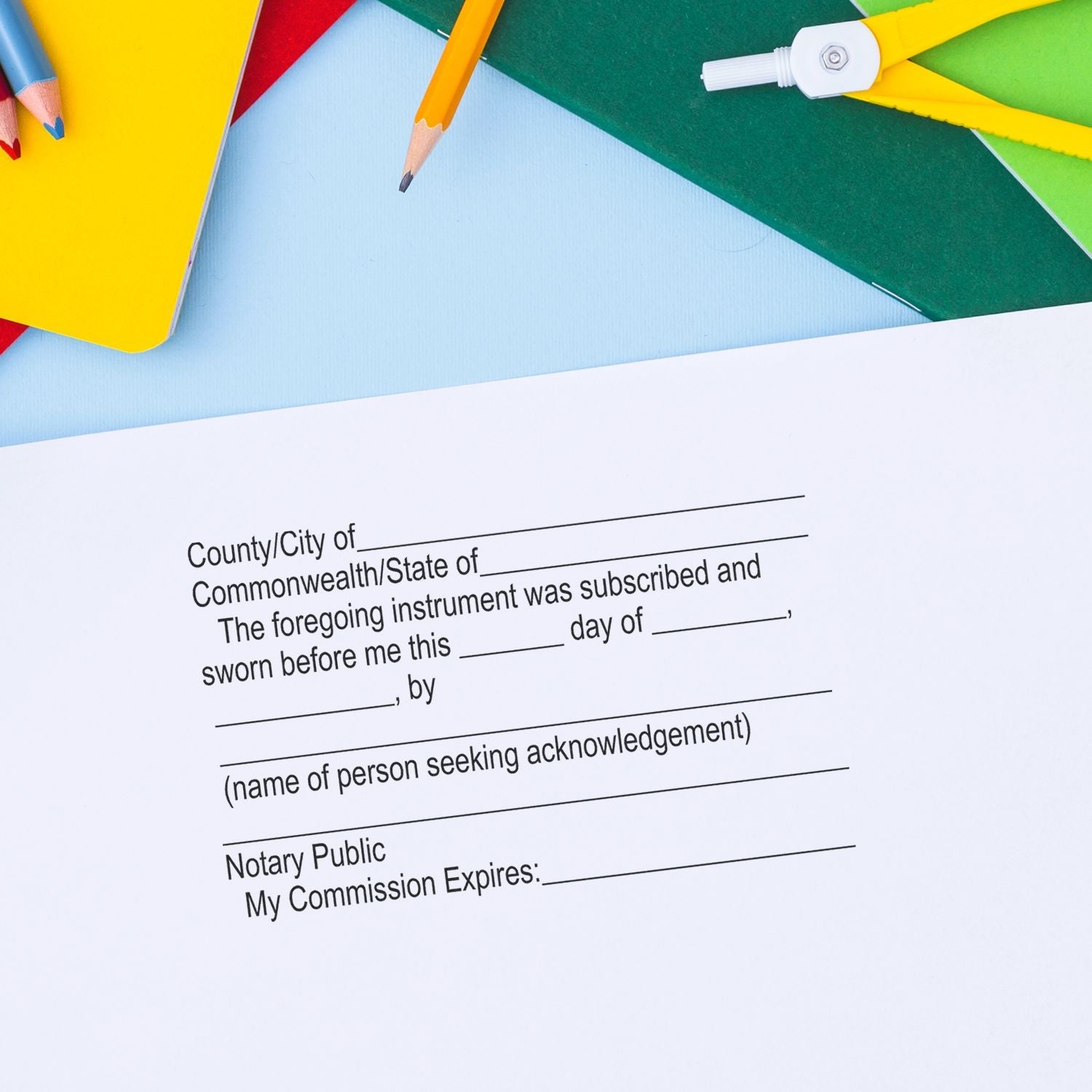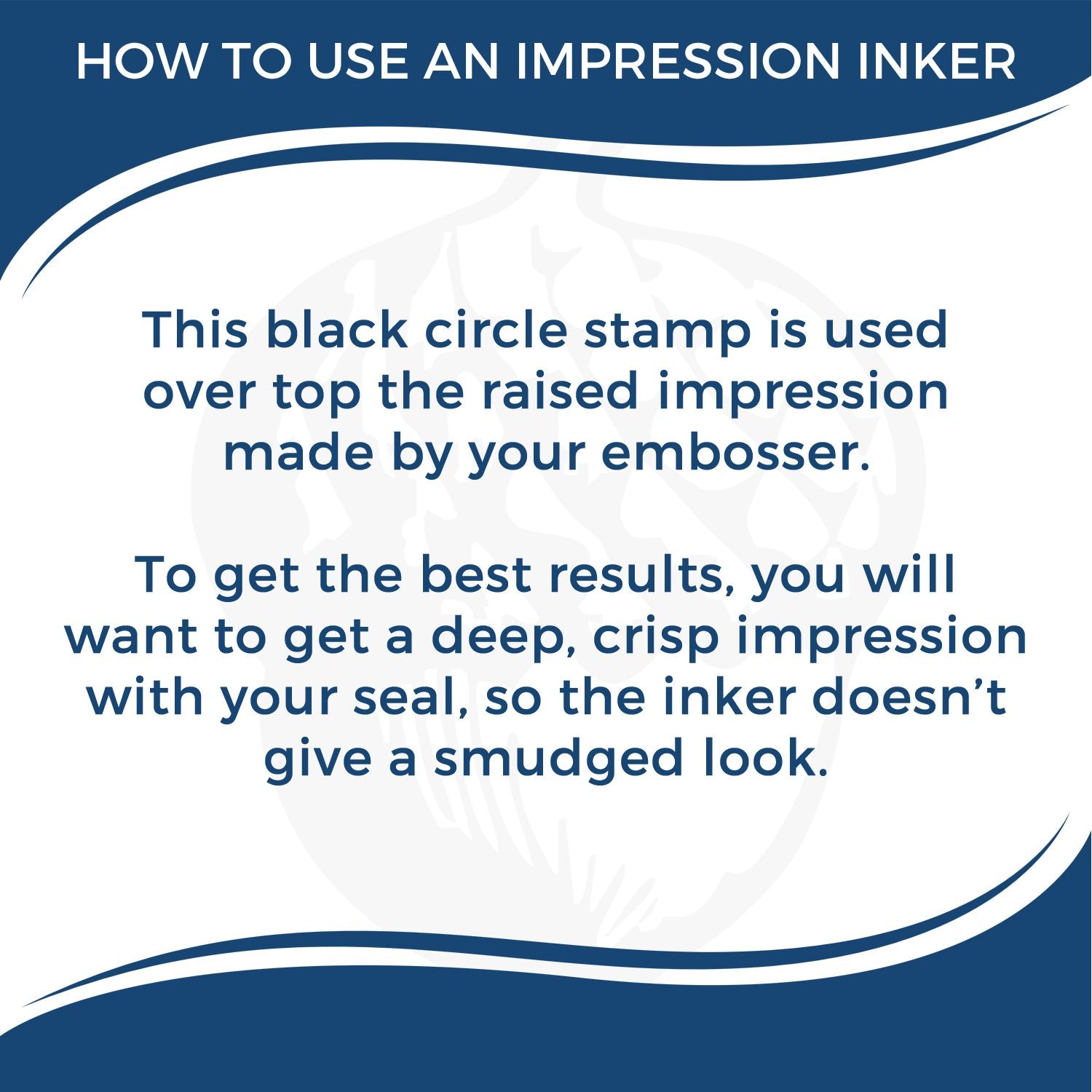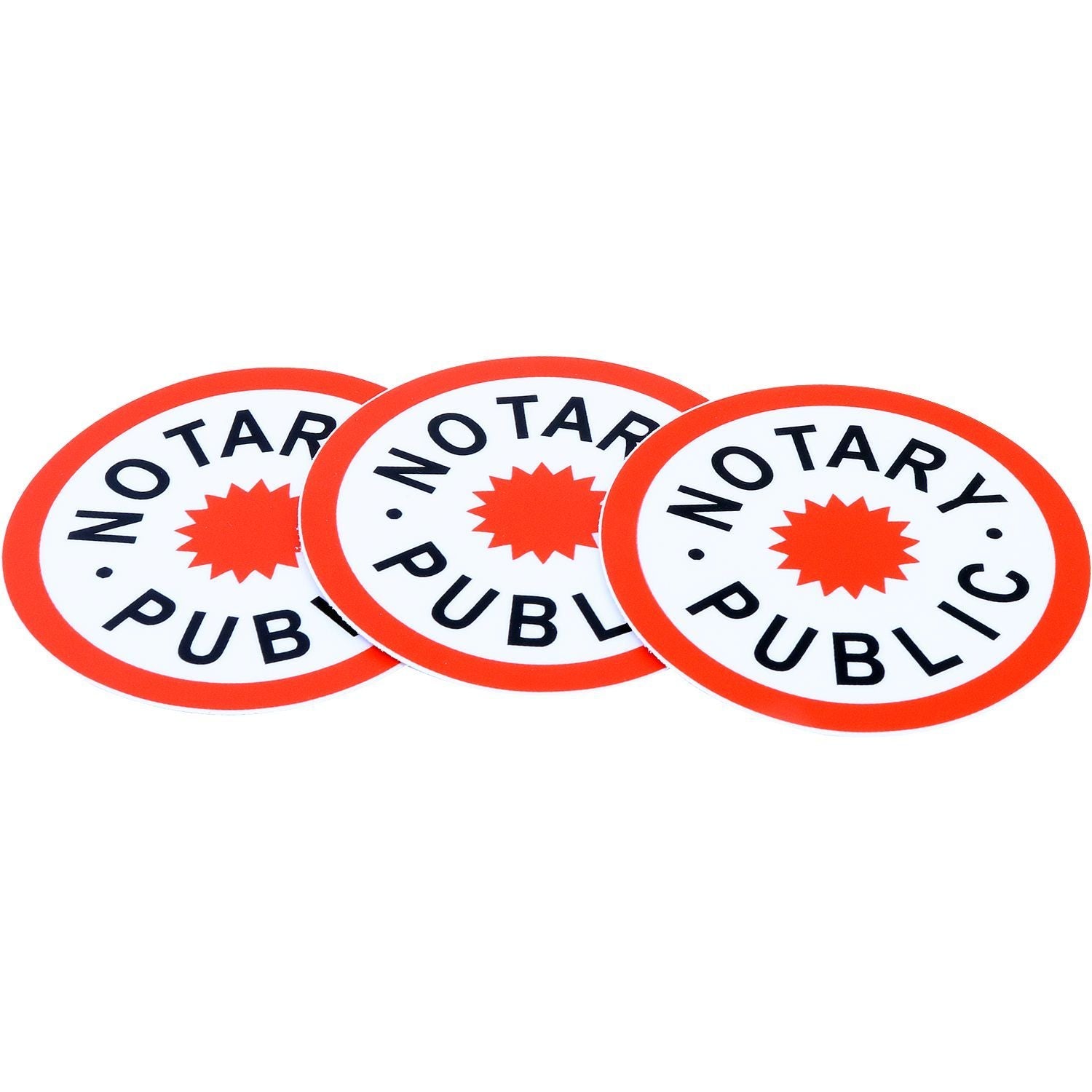As a U.S. Virgin Islands notary public, you’re probably used to signing and stamping a variety of important documents every day. If you’ve been considering a u.s. virgin islands notary stamp self-inking option, you’re in good company. A self-inking model offers convenience, clarity, and a professional look that can help speed up your workflow. But how do these stamps work, and what should you know before buying one? Let’s explore the key details and help you make an informed decision.
Understand the Self-Inking Notary Stamp
Self-inking stamps are designed to streamline your process and reduce mess. Instead of constantly applying ink to a separate pad, this type of stamp has a built-in ink reservoir. When you press down, the stamp’s text plate rotates against the internal pad, leaving a clean, crisp impression on your document.
Why It Saves Time
Imagine having to re-ink for every single notarized paper you sign. That’s time-consuming, especially if you handle multiple signings each day. A self-inking stamp can produce several thousand impressions before needing a replacement ink pad. You’ll spend less time fiddling with ink and more time focusing on the quality of your notarial acts.
Key Components
- Text Plate: Carries your custom notary information.
- Ink Reservoir: Houses the ink so you don’t need a separate pad.
- Spring Mechanism: Creates the up-and-down motion of the plate.
It’s like having a tiny printing press in your hand. Each press is smooth, and you won’t have to worry about ink pooling or uneven coverage.
Know Your Requirements
Before placing an order, be sure you understand the specific requirements set by U.S. Virgin Islands notary regulations. The stamping device you choose needs to display the essential notarial data, like your commission name and expiration date. Double-check current rules so your self-inking stamp meets all legal standards.
Outline of Essential Features
- Crisp, readable text.
- Proper seal size suited to U.S. Virgin Islands rules.
- High-quality construction that won’t smudge.
If you prefer to see and compare different options, you can visit u.s. virgin islands notary supplies to learn more about models that meet local guidelines.
Choose the Right Stamp Design
Once you’ve confirmed your legal requirements, it’s time to pick a design that fits your style and workload. Notary stamps come in different shapes, ink colors, and handle styles. A self-inking style is handy, but you still have choices to make.
Consider Ink Color
Although black is standard, some processes may allow or even recommend alternate colors (like blue) to distinguish original documents from photocopies. Be sure to check with local authorities if you’re thinking about using non-black ink.
Ergonomics Matter
When you’re stamping multiple documents a day, a comfortable grip can be a game-changer. Self-inking notary stamps often come in ergonomic shapes that reduce strain on your wrist. Pick one that feels good in your hand, especially if you perform back-to-back signings.
Durability and Materials
Quality materials protect against wear and tear. You might be tempted to choose the cheapest option, but a flimsy stamp can lead to fuzzy markings or breakage over time. Make sure your device is built to last, because a well-constructed stamp can serve you for thousands of impressions.
Step-by-Step: How to Use Your Self-Inking Stamp
Curious about the daily process of using a self-inking device? It’s surprisingly straightforward. Here’s a quick rundown:
Position Your Document
Place the paper on a flat surface. You’ll want to ensure the area where you plan to stamp is smooth and free of debris.Align the Stamp
Double-check that your notary information is oriented correctly. It helps to do a quick test on a scrap piece of paper beforehand, ensuring your seal prints where you want it to go.Press Firmly and Release
Self-inking stamps have a spring mechanism. As you press down, the stamp’s text plate flips onto the inked pad, then prints on the document. Lift straight up after stamping to avoid smudge marks.Inspect the Impression
A quick glance will confirm whether your seal is fully legible. If it’s blotchy or incomplete, you may need to re-ink or apply more even pressure.Secure Your Document
After stamping, let any residual ink dry for a few seconds, then proceed with your next steps in the notarization process.
Using a self-inking stamp can become second nature once you get the hang of it. In fact, many notaries prefer this design because it’s so user-friendly.
Maintain Your Notary Stamp
Taking good care of your stamp ensures consistent, professional impressions—even after hundreds of uses. With a few simple steps, you can extend its lifespan and keep your notarial seal looking sharp.
Re-Ink When Necessary
Self-inking stamps aren’t magical—they do run out of ink eventually. Most manufacturers provide refill instructions, and you can typically buy a compatible ink bottle online or through local office supply stores. Gently pull out or flip the ink pad, add a few drops, then let it soak in for an even distribution.
Store It Properly
Stash your stamp in a cool, dry place away from direct sunlight. High temperatures can cause the ink to dry up faster, and too much humidity might affect the stamp’s materials. Keeping the stamp upright prevents accidental leaks.
Clean the Plate Gently
Ink buildup can blur your seal over time. If you notice feathered or fuzzy edges after stamping, lightly wipe the text plate with a damp cloth. Don’t use harsh chemicals that might damage the rubber or polymer.
Inspect for Wear and Tear
If the spring mechanism feels loose or the text plate cracks, it may be time for a replacement. Inspect your stamp occasionally for signs of breakage. A well-maintained self-inking stamp should remain functional for a long time, but it’s good to stay proactive.
Choose ESS for Reliable Notary Supplies
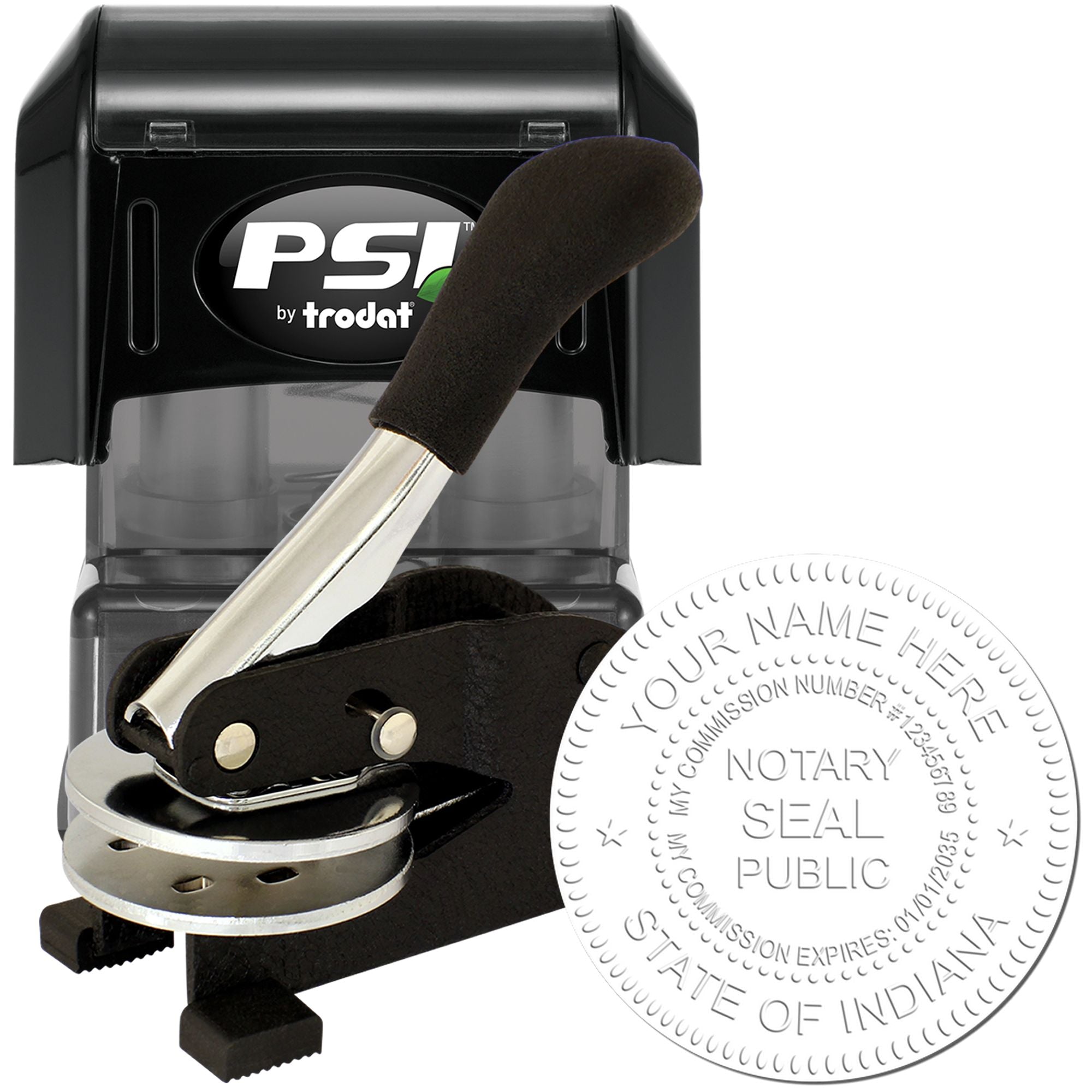

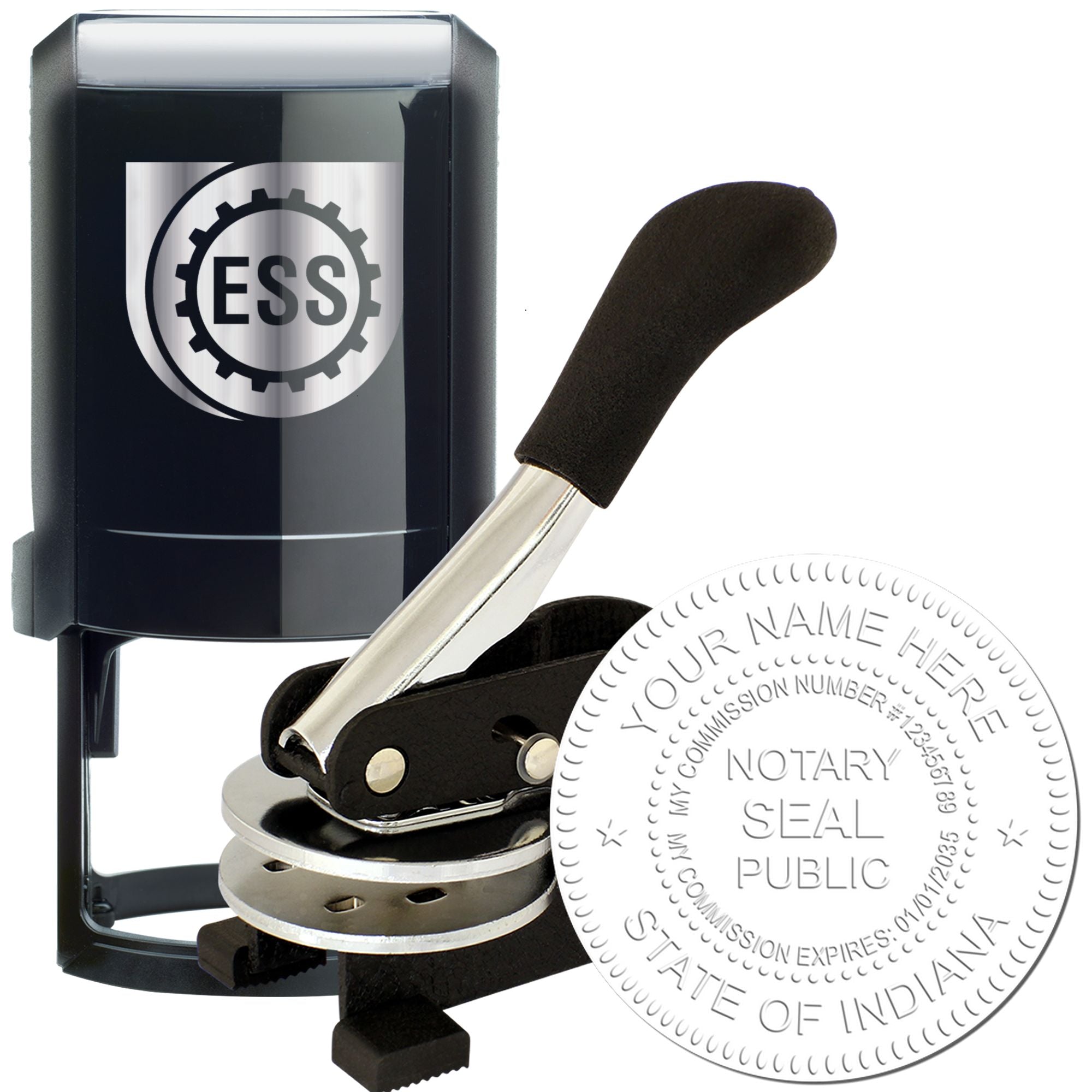
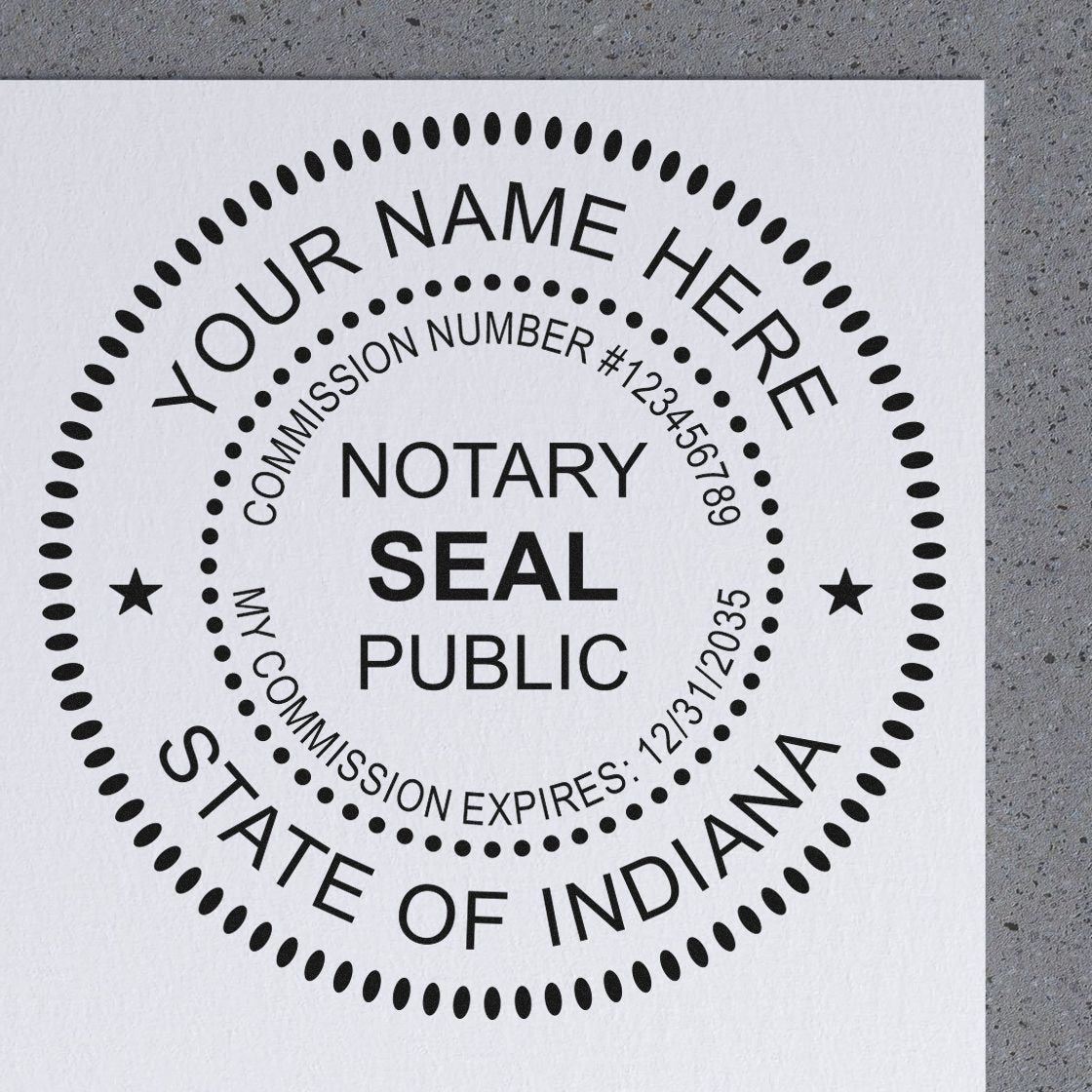
When it comes to purchasing your U.S. Virgin Islands notary stamp, you want a supplier that combines quality products, a proven track record, and helpful service. That’s where ESS fits in.
Established Since 1964
ESS has been in business since 1964. Over the years, they’ve grown into a trusted provider for notary publics across the United States and its territories. With decades of experience, you can expect knowledgeable support and consistent product quality.
Quick Service and Free Electronic Stamp
ESS understands that time is critical when you’re practicing as a notary. Their quick turnaround means you’ll get your notary stamp (and any other supplies you need) without long delays. Plus, they offer a free electronic stamp with your purchase—a handy perk that goes beyond the physical stamp itself. This electronic version can be useful for digital document workflows, so you’ll have flexibility in how you notarize.
Trusted Products for U.S. Virgin Islands
Not all notary stamps are created with U.S. Virgin Islands regulations in mind, so it’s important to choose a supplier who understands local guidelines. ESS ensures the text plate is designed to meet your jurisdiction’s specifications, from official wording to size requirements.
Friendly Support
Whether you have questions about stamp ink colors, shipping timelines, or customizing the text plate, ESS’s team is there to guide you. They aim to make the shopping process as easy as possible, which helps you focus on doing your job rather than worrying about your supplies.
Tips for Selecting the Perfect Stamp
Not every self-inking stamp is ideal for every notary. Here are a few extra tips to help you refine your choice:
- Look for an alignment guide on the stamp’s base, so you know exactly where the imprint will fall.
- Ask about refill ink availability, especially if you anticipate a high volume of notarial acts.
- Consider the stamp’s size. A compact design might be easier to carry around if you travel frequently, but a larger model could offer a clearer imprint.
- Double-check whether you can switch out the ink pad easily. Some models are simpler to maintain than others.
Situations That Call for a Self-Inking Stamp
Wondering if a self-inking option is right for you? Here are a few scenarios where this type of stamp really shines:
- On-the-Go Notaries: If you travel between offices, a self-inking stamp is neater and more portable than a separate ink pad setup.
- High-Volume Signings: If you handle many documents in rapid succession, self-inking helps you move faster without reinking manually.
- Remote Locations: If you often notarize in less-than-ideal settings (like meeting rooms or clients’ homes), you’ll appreciate the contained design.
Common Mistakes to Avoid
Even a straightforward tool like a self-inking stamp can cause hiccups if used incorrectly. Here are a few pitfalls people encounter:
Forgetting to Test the Stamp
Performing a quick test stamp on scrap paper might feel like too much trouble, but it can save you from a misaligned or blurry seal on an important document.Pressing Too Hard
A self-inking stamp is built to apply just the right amount of pressure. If you slam it down, you risk smudging. A controlled, firm press is all you need.Ignoring Ink Pad Lifespan
Some notaries forget that an ink pad will eventually dry out. Mark your calendar or keep an eye on your impressions. The moment they start fading, it’s time to re-ink.-
Neglecting Your Commission Details
If your notary commission details change, you’ll need an updated stamp. Continuing to use an outdated seal can invalidate your notarizations.
By steering clear of these mistakes, you’ll keep your stamping process efficient and hassle-free.
Summary of Key Takeaways
- A self-inking notary stamp is built with an internal ink reservoir that speeds up the stamping process.
- Double-check U.S. Virgin Islands legal requirements before settling on a design.
- Maintain your stamp by re-inking promptly, cleaning the text plate gently, and storing it upright.
- Consider working with a reliable provider like ESS, in business since 1964, offering quick service and a free electronic stamp.
- Always perform test stamps, avoid excessive pressure, and keep your commission details up to date.
By following these steps, you’ll be well-positioned to choose a self-inking stamp that meets your needs and supports a smooth notarial workflow.
Frequently Asked Questions
Do I Need a Certain Ink Color for U.S. Virgin Islands?
Typically, black ink is standard and widely accepted, but local rules might vary. Always confirm with your issuing authority. If alternative colors are allowed, opt for a long-lasting, smudge-resistant ink to keep things neat.How Often Will I Need to Re-Ink My Self-Inking Stamp?
That depends on how often you use it. Many self-inking models are rated for thousands of impressions before needing a refill. If you start seeing faint or incomplete imprints, it’s time to refresh the ink pad.What Makes ESS Different from Other Suppliers?
ESS has been around since 1964, specializing in reliable supplies tailored for local regulations. They offer quick service, free electronic stamp options, and helpful customer support. If you’re seeking a trusted source for u.s. virgin islands notary supplies or a new self-inking stamp, they’re a strong choice.
By now, you should have a solid understanding of what a self-inking notary stamp can do for your U.S. Virgin Islands notarial duties. It streamlines your signings, cuts down on ink mess, and helps you present a professional seal every time. Take a moment to compare your options, keep your state's specific requirements in mind, and choose a stamp that brings the most value to your practice. Above all, enjoy the smoother workflow and peace of mind knowing your official seal is always ready when you are.

